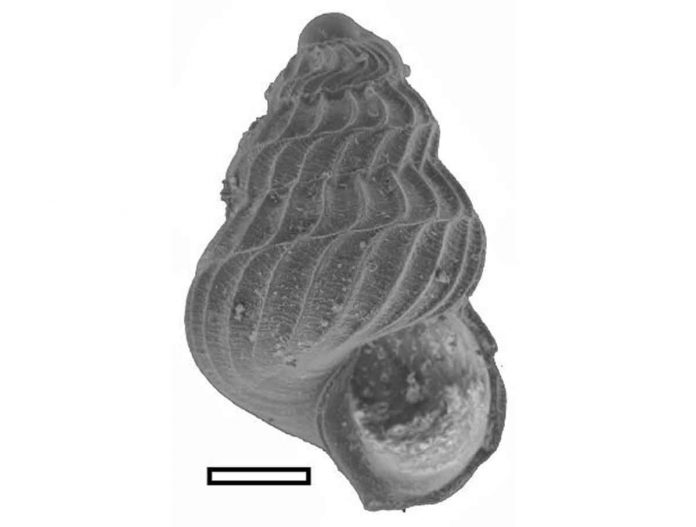A collection of fossil shells from marine snails and clams is challenging a theory which suggests the world’s deadliest mass extinction was accompanied by severe ocean acidification.
Instead of showing damage or signs of repair which would be expected if the mollusk was surviving in acidic conditions. But the shells were in excellent shape. The study has been published in Scientific Reports.
Scientists used shells from fossilized mollusks to investigate ocean chemistry. This demonstrated a new tool that scientists can use to study the conditions of the planet’s deep past.
The world’s deadliest mass extinction wiped out 90% of living species. This happened about 252 million years ago at the end of Permian Period. The extinction was triggered by huge volcanic eruptions in present-day Siberia. This released huge amounts of carbon dioxide into the atmosphere which caused rapid global warming.
The atmospheric carbon dioxide was high and the ocean absorbed some of the gas and become acidic. The geologic record is inconclusive about if this happened during the end Permian extinction event.
Scientists analysed the mollusk shells. It has offered a more thorough perspective. Scientists captured the chemical state of the ocean after the extinction event from top to bottom.
Scientists examined more than 2,300 fossil shells from marine snails and bivalves. A handful of shells record some growth impairment. But there were no signs of patched holes.
Scientists collected the fossils from a site in what is now Svalbard, Sweden. When the animals were alive, the site was covered by a shallow sea.
Marine animals with shells are made of aragonite. These are particularly susceptible to ocean acidification. Scientists use shells from “sea butterflies,” which is a type of swimming sea snail. They wanted to study ocean acidification in the present. They found out that shells from fossilized mollusk species can be analyzed in a similar manner. This will open door to more extensive research on ocean chemistry in Earth’s past.

